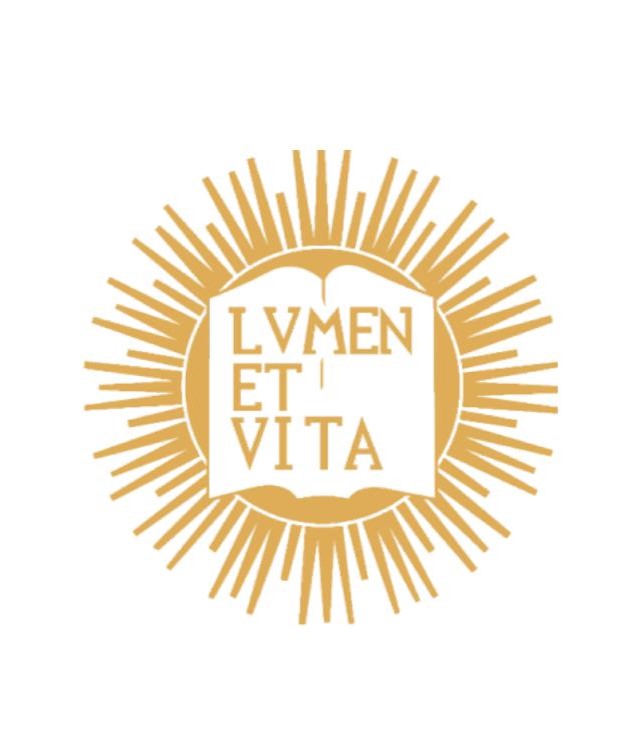Vol. 13 No. 1 (2023): Faith, Doubt, and Mystery in Theology and Ministry

In the Fall of 2022, Lumen et Vita hosted a symposium titled, “Faith, Doubt, and Mystery in Theology and Ministry.” We, the editors of Lumen et Vita, selected this theme because, often enough, we perceive a certain indifference to religious faith in the world around us. And we are particularly mindful of this in the context of being at a Jesuit school, for some fifty years ago, the Society of Jesus articulated its mission as promoting a “faith that does justice.”
In our ministry with young people, we are edified to see that a certain enthusiasm is present around pursuing social justice, but there seems to be much less enthusiasm about the very faith that gives rise to calls for justice.
In light of this reality, we wished, in our symposium, to explore the concept of faith. What is theological faith? What gives rise to it? What are obstacles to it? Why is faith good and desirable?
Faith, often enough, is coupled with the concept of “doubt.” Perhaps doubt about the content of faith, the demands of faith, or perhaps even doubt about our own salvation.
To help us better understand this topic, we have selected three papers for publication in this edition of our journal.
Michael Warner has written an article titled (in Spanish), “Dime Con Quién Anda” (Tell Me Whom You Walk With), in which he explores the enduring role of faith in the life of the marginalized and excluded, particularly in colonial and post-colonial society.
Federico Cinocca’s article explores how institutional failure on the part of the Church, particularly in response to the tragedy of sexual abuse, has led to a loss of faith. His article offers helpful ways to consider what type of institutional, structural response would be most effective to bring about healing.
Michael Proietta and Caitlyn Shipp have co-written an article in which they consider how the arts can move one from soteriological doubt to personal faith in Christ. They do this by creatively engaging the work of Johannes Vermeer, a 17th century Dutch painter and Johann Sebastian Bach, the famous German composer of the eighteenth century.
We are grateful to all who contributed to this edition of Lumen et Vita’s journal. And we are grateful to be able to show the tremendous work that our colleagues and peers have done here at the STM. Thank you, dear reader, for joining in on the conversation.
